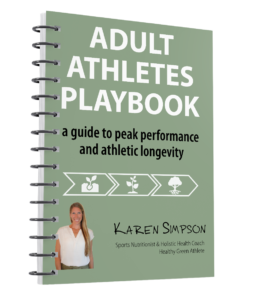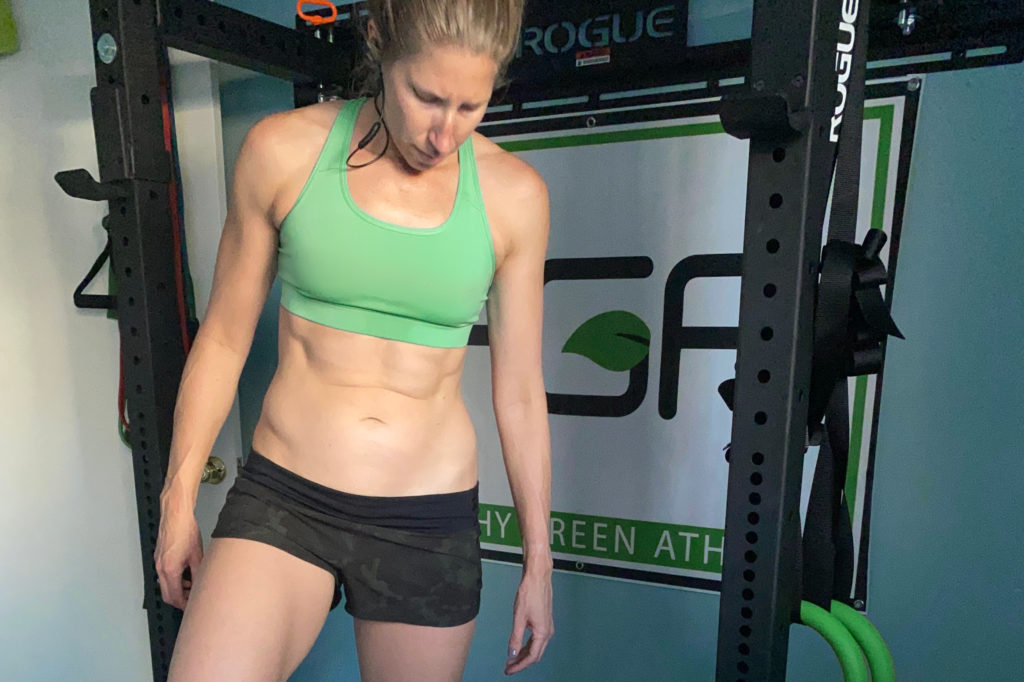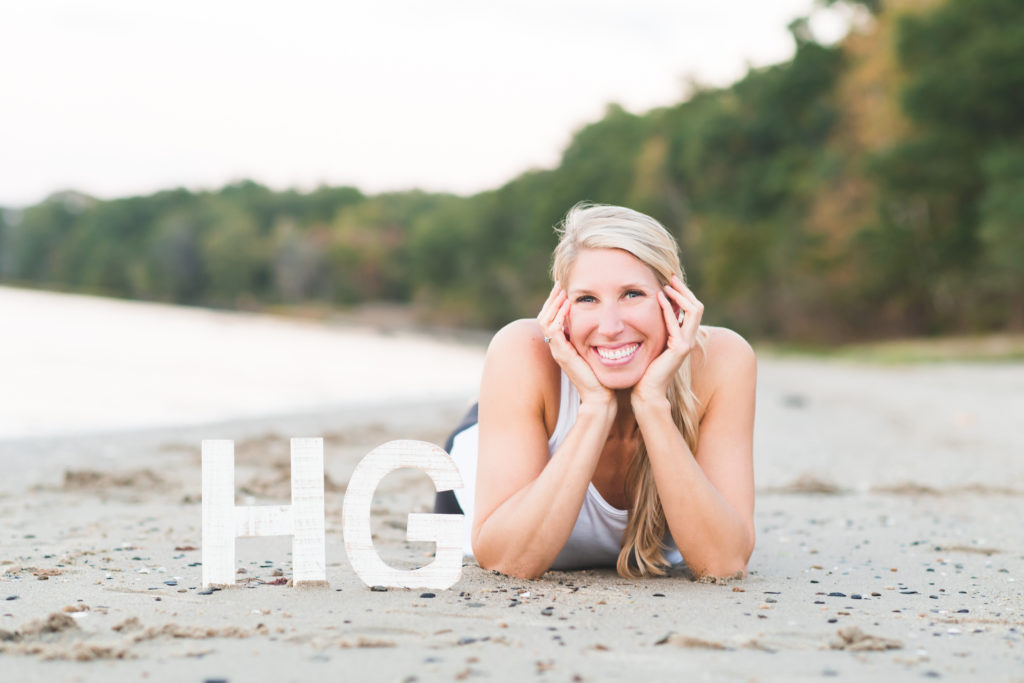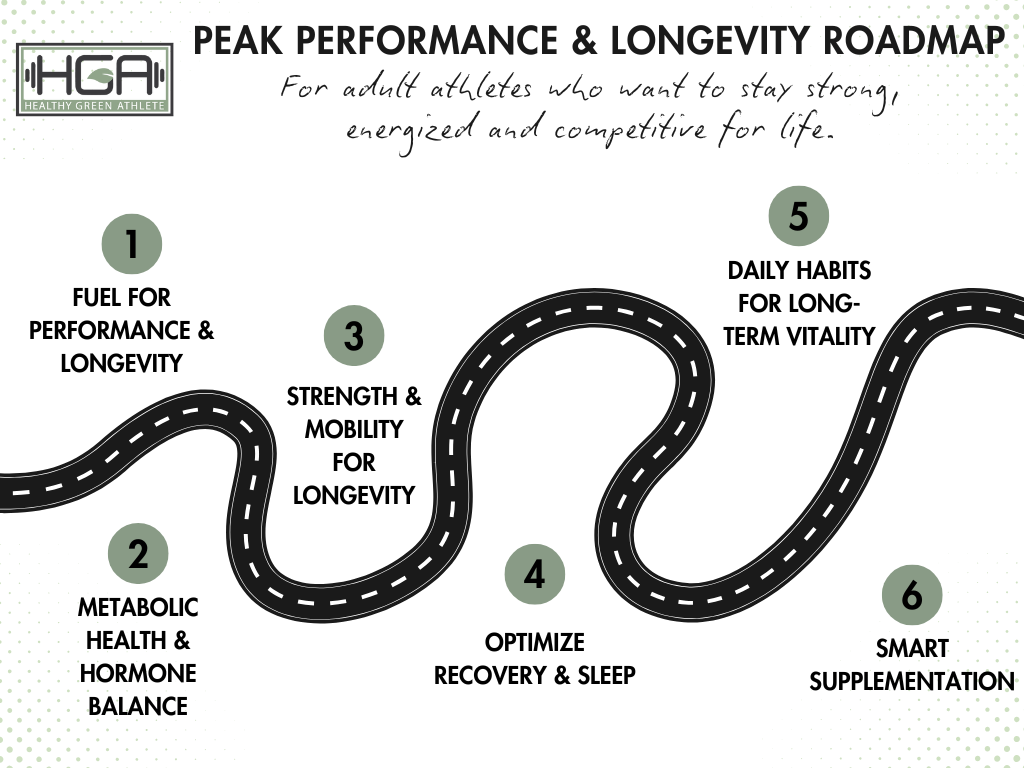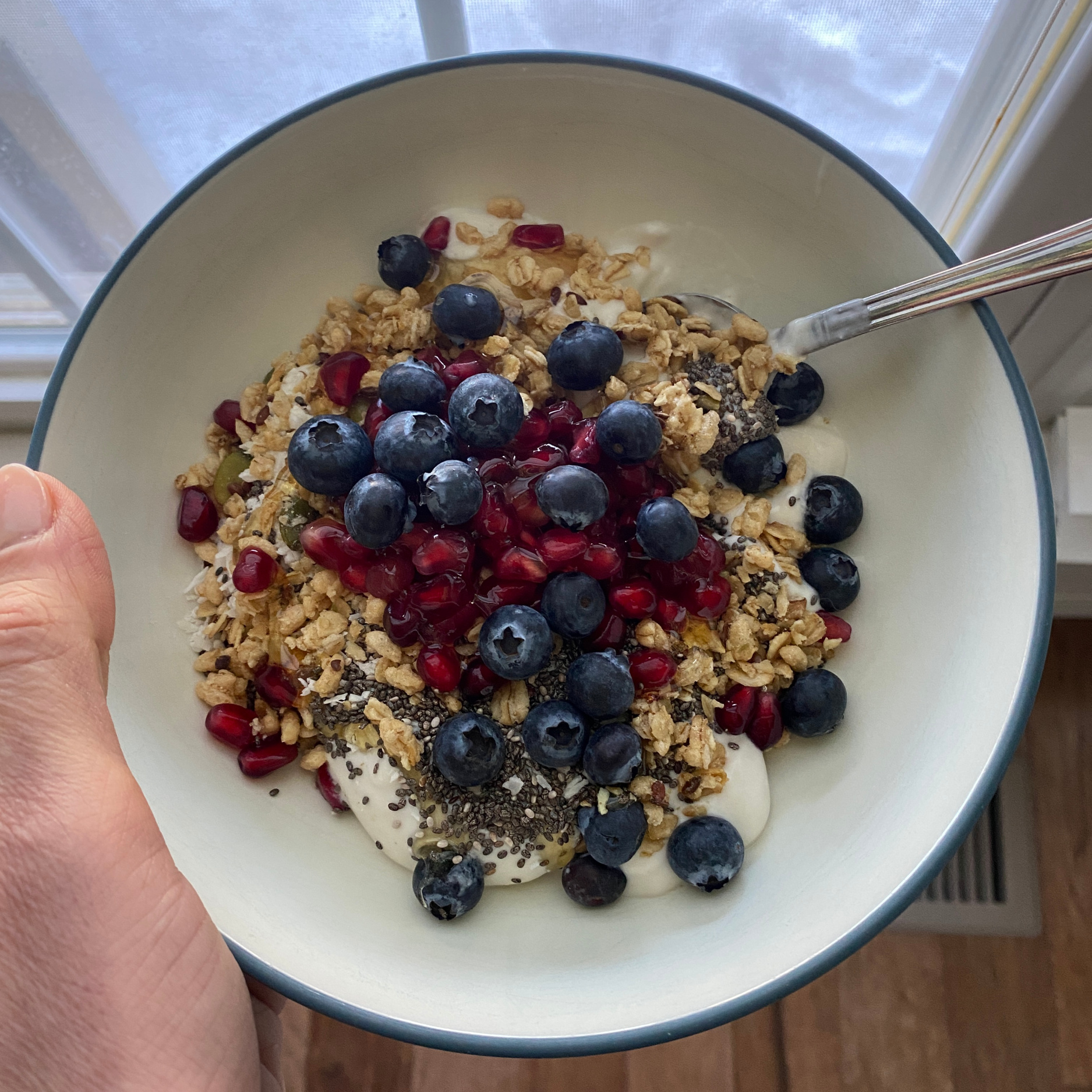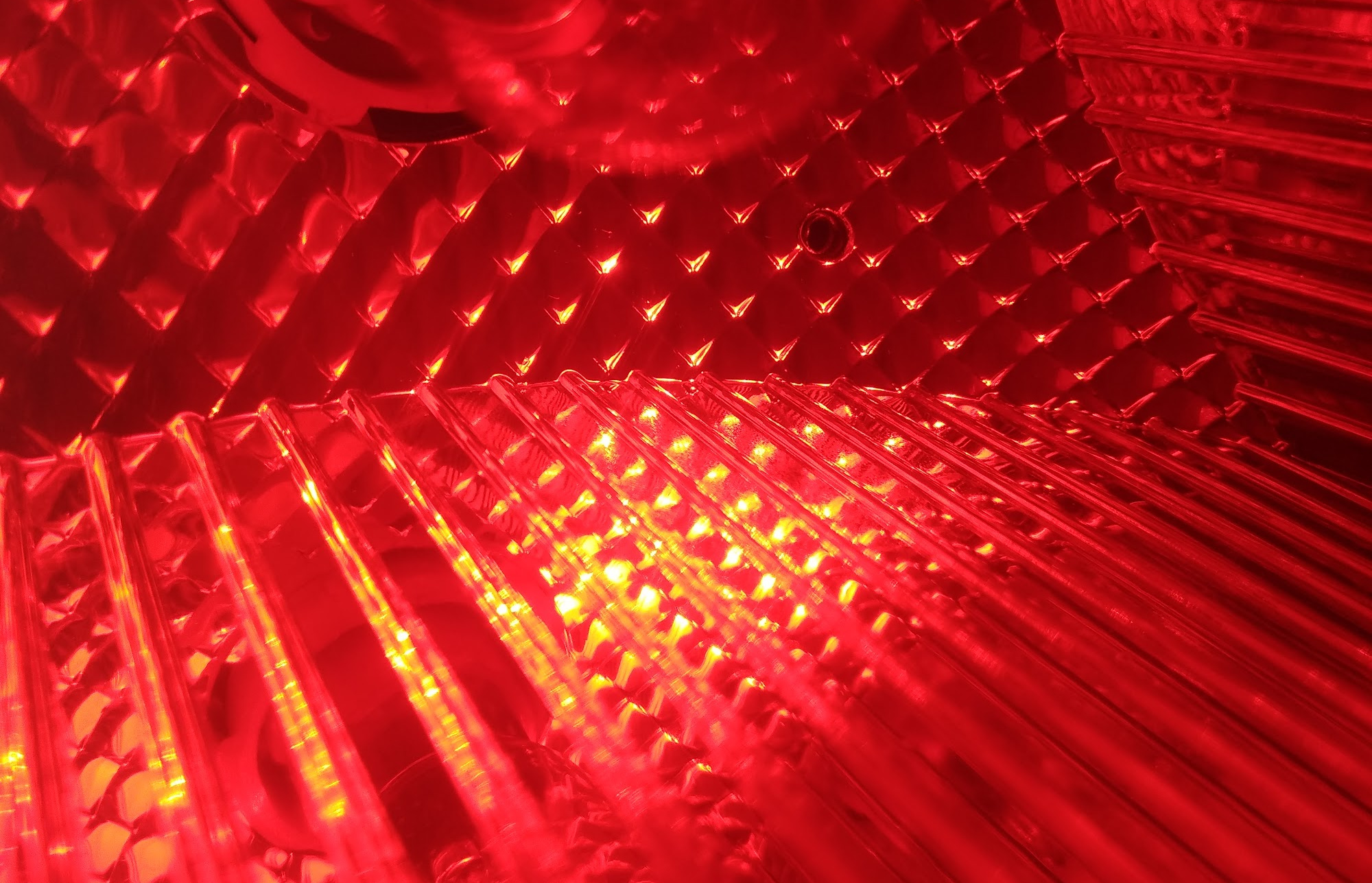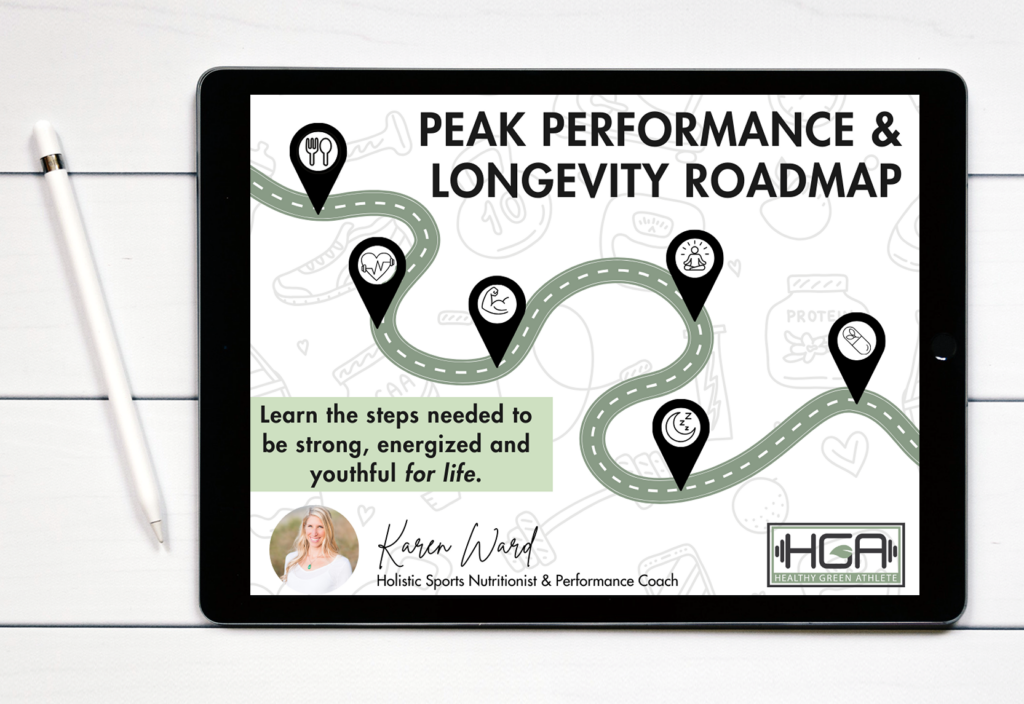Scientists have been lately spending their time and money investigating the relationship between Vitamin D and COVID-19 deficiency. They are looking into whether or not a Vitamin D deficiency has an impact on being infected with coronavirus in the first place, and/or the severity of the symptoms in COVID-19 infected patients.
A recent study found that 80% of COVID-19 patients at a hospital in Spain also had a Vitamin D deficiency (1) and researchers at the University of Chicago claim that a Vitamin D deficiency may raise the risk of getting COVID-19 (2).
The jury is still out on the exact relationship between Vitamin D deficiency and COVID, but there is ample scientific evidence that Vitamin D does in fact a significant role in a healthy immune system.
Also Read: 5 Daily Habits to Build a Strong Immune System
Research has found that a Vitamin D deficiency lowers the body’s ability to fight off infection (3) which could imply that Vitamin D might help to avoid or fight off coronavirus. While scientists continue to study the relationship between Vitamin D and the coronavirus, it might not be a bad idea to make sure you’re getting enough of this important vitamin.
Since our exposure to sunlight is often reduced in the winter months, this is when it’s crucial to make sure you’re getting enough Vitamin D through food or supplementation. Scientists have found a specific link between Seasonal Affective Disorder (a temporary state of depression in winter months) and a vitamin D deficiency (4).
In addition to supporting the immune system, Vitamin D is also important to help the body regulate calcium and phosphorus. These 2 minerals are important for building healthy bones and preventing osteoporosis.
Here are the 3 ways your body can get its dose of Vitamin D:
1. Eat it.
One way to ensure you’re getting your daily dose of Vitamin D is to eat foods that contain it.
There are two types of Vitamin D: D3 and D2. D3 is the form that is made through the skin and is present in animal-based foods such as fish, liver, and egg yolks. Fatty fish, such as salmon, tuna, sardines, and herring are excellent sources of Vitamin D.
D2, which isn’t as effective as D3 but does have some benefit, is often present in plants that grow in sunlight. Mushrooms that are exposed to sunlight or grown in UV light will produce a healthy dose of Vitamin D2.
Also Read: 7 Natural Brain Boosting Foods and Supplements
Consuming a whole-food diet that contains plenty of vegetables and high-quality animal products will help contribute to a healthy dose of Vitamin D, but it may not be enough to boost the immune system or fight off seasonal depression. It will, however, ensure that you’re getting a variety of other essential vitamins and minerals.
According to the National Institute of Health, here’s how much Vitamin D is in selected foods:
- 1 TBSP cod liver oil – 1,360 IU
- 3 ounces cooked Rainbow Trout – 645 IU
- 3 ounces cooked Sockeye Salmon – 570 IU
- 1/2 cup white mushrooms exposed to UV light – 366 IU
- 2 sardines – 46 IU
- 1 large egg – 44 IU
- 3 ounces beef liver – 42 IU
- 3 ounces canned tuna fish in water – 40 IU
2. Make it.
Vitamin D is often called the “sunshine vitamin” because it can be made from sunshine. While the biological process is quite complex, the human body has the ability to make Vitamin D in the skin when exposed to UVB rays. These rays are also the rays that cause sunburn so it’s important to limit your exposure – especially those with fair skin.
When skin is exposed to a healthy dose of UVB rays from sunlight, the rays are absorbed into the skin with the help of melanin (a compound that gives skin it’s color). Once these UV rays reach the layer of skin which contains 7-DHC (a type of cholesterol in our skin), the cholesterol is used to make pre-vitamin D3. Pre-vitamin D3 is then converted to D3 and shipped off to the liver and kidneys to convert it into a biologically active form.
It’s important to note that too much sunlight exposure can cause sunburn and skin damage so make sure to only give yourself a few minutes of unprotected sun exposure.
Typically the duration of exposure needed to make enough Vitamin D3 will depend on latitude, altitude, and skin type. Someone who lives in Boston with fair skin that burns easily (Type I) may only need about 4 minutes of exposure. (5) Individuals living in the United Kingdom with Type V skin that will tan without burning will need 25-40 minutes of sunlight exposure. (6)
Those that live at higher altitudes may experience higher exposure to UVB rays than someone at sea level because the atmosphere is thinner and less sunlight is blocked. In high-altitude environments like Colorado, more Vitamin D is made in the skin because more UVB rays reach it. These conditions, however, can be dangerous for skin health, and sunscreen is always recommended.
Another, much safer, option to make Vitamin D through the skin is to use a UV light device. These “happy lamps” are devices that emit bright light that mimics natural outdoor light. Light therapy, aka phototherapy or bright light therapy, may help with seasonal depression and could improve sleep quality by altering brain chemicals but unless it’s a light that emits UV light, it won’t help with Vitamin D production. Lamps that emit UV rays will create vitamin D.
3. Take it.
During the winter months, the cold weather and short days make it difficult to get enough exposure to UVB rays – even for those living at altitude. This is also the safest way to get your dose of Vitamin D as long as you’re supplementing with a high-quality product that will actually convert to the bioavailable form in your body.
According to Harvard Health, a dosage of 600-800 IU of Vitamin D3 per day should be plenty. This dosage should also take into account any Vitamin D-rich foods you may be consuming. (7)
Evidence also suggests that a dosage higher than 4,000 IU per day could be toxic to the body and may result in too much calcium being absorbed into the bloodstream. Vitamin D toxicity symptoms include digestive distress, such as vomiting, nausea, stomach pain, fatigue, dizziness, confusion, excessive thirst, and/or frequent urination.
Also Read: Common Endocrine Disrupting Chemicals
Your doctor may recommend a lower or higher dosage based on your own health factors so make sure to run it by them first.
The dosage in most Vitamin D supplements you’ll find on Amazon ranges from 5,000 IU to 50,000 IU – which could be a toxic dose. Make sure to read the label and check with your doctor on the dosage that is best for you.
When I was living in New England, I would take this supplement in the winter months with 2000 IU per day and, combined with a healthy diet, that seemed to be enough to keep the seasonal depression at bay.
Now that I’m living in Colorado and spending a lot more time outside and at altitude, I now only take this 1,000 IU supplement once a week during the winter months since I usually spend at least 30 minutes outside going on walks in my neighborhood or retreating to the mountains for a long hike.
You can also check out my own supplement routine here.


